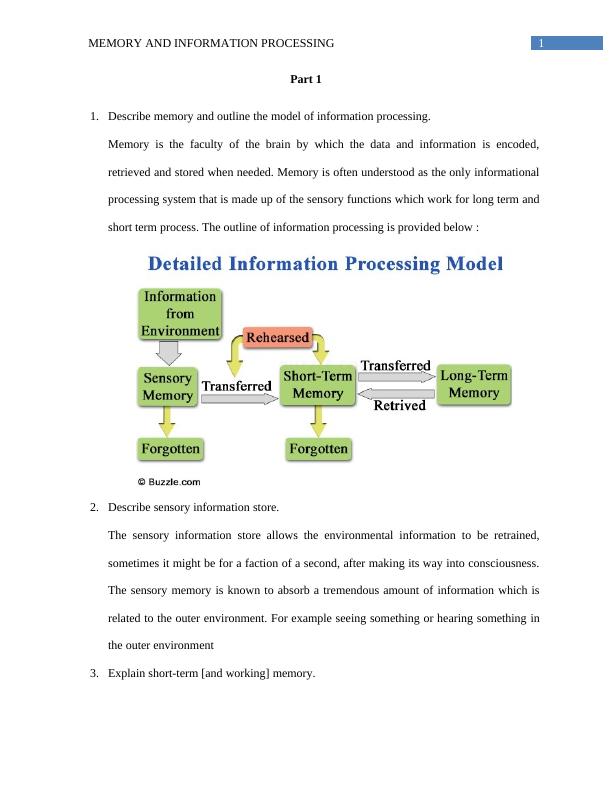Memory and Information Processing
Added on 2022-10-12
8 Pages1192 Words279 Views
End of preview
Want to access all the pages? Upload your documents or become a member.
Memory and Strategies for Memory Retention in Psychology
|7
|1031
|477
Memory and the types of memory
|5
|715
|138
Why Do We Forget? - Understanding the Phenomenon of Forgetfulness
|10
|2744
|478
Loci Technique- Memory Strategy
|12
|3069
|541
Information Processing in Human Brain and Components of Memory
|9
|584
|66
Cognitive Psychology Case Study
|14
|2651
|140



